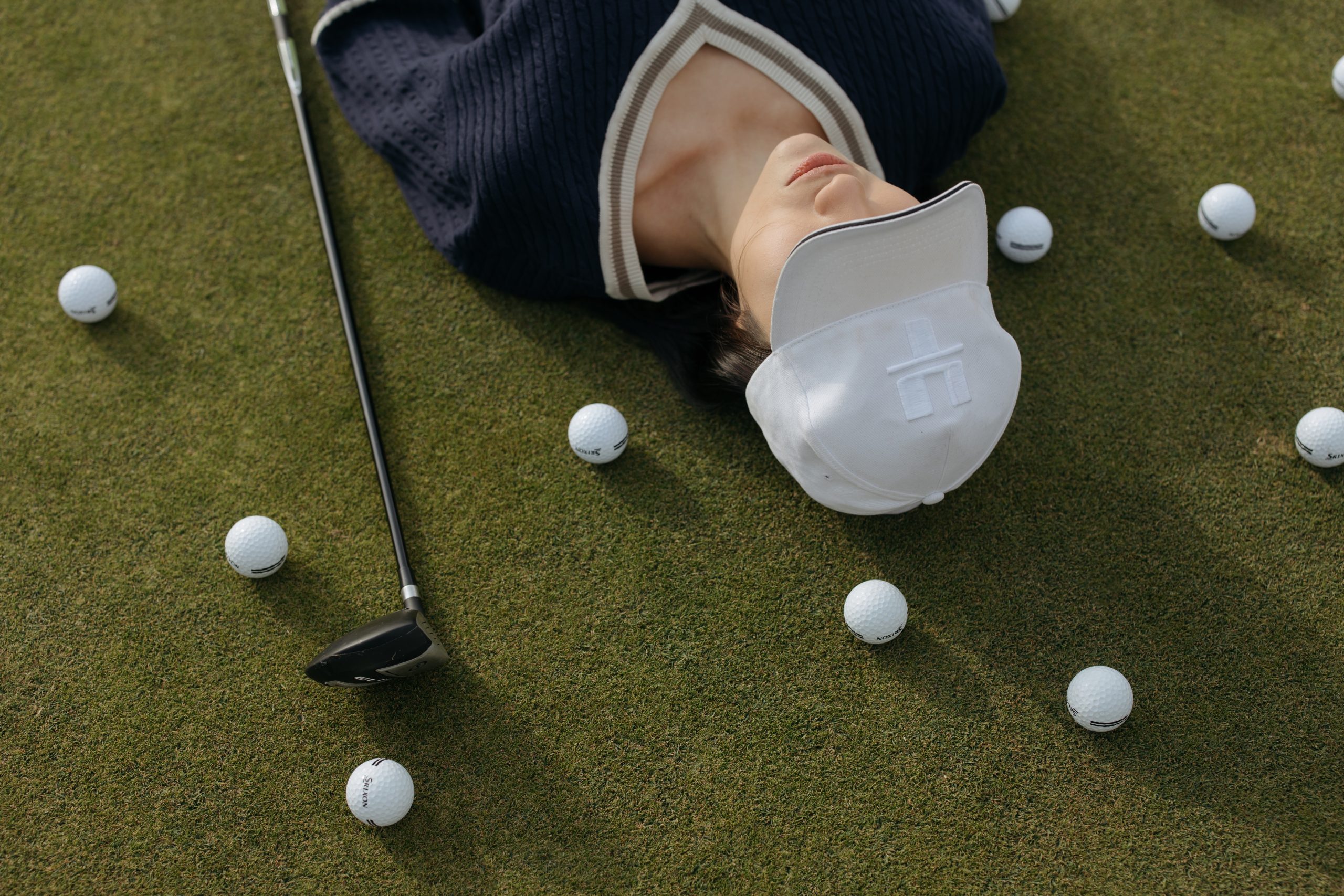Plantar fasciitis is a condition which causes inflammation of the plantar fascia, a thick band of tissue that runs from the heel to the toes on the bottom of your foot. This condition is common in Riverside and usually occurs due to overuse or repetitive stress on the plantar fascia. Plantar fasciitis is a painful condition that can lead to difficulty walking, standing, and engaging in activities. Fortunately, physical therapy, stretches, exercises, and shoe inserts can all be effective in helping to treat and manage the symptoms of plantar fasciitis.
If you are living in Riverside and are suffering from plantar fasciitis riverside, there are several treatment options available to you. In this article, we will discuss the causes, symptoms, diagnosis, and treatment options for plantar fasciitis in Riverside. We will also provide a checklist to help you understand the steps you need to take in order to adequately treat and manage your condition.
What is Plantar Fasciitis?
Plantar fasciitis Riverside is a common condition that affects the plantar fascia, a band of connective tissue that runs from the heel to the toes on the bottom of your foot. This condition is caused by overuse or repetitive stress on the plantar fascia and can cause pain and difficulty walking, standing, and engaging in activities. Plantar fasciitis is most commonly seen in older adults and those who are overweight, although it can affect people of any age or weight.
It is important to note that while plantar fasciitis can be a painful condition, it usually responds well to treatment and can be managed with a combination of treatments.
Causes of Plantar Fasciitis
Plantar fasciitis Riverside is typically caused by overuse or repetitive stress on the plantar fascia, which is a thick band of tissue that runs from the heel to the toes. Common causes of this condition include:
– Improper footwear: Wearing shoes that do not provide adequate support or cushioning can cause strain on the plantar fascia and make it vulnerable to injury.
– Standing for extended periods of time: People who stand for long periods of time are at risk for developing plantar fasciitis due to increased strain on the plantar fascia.
– Running and jumping: Running and jumping can place excessive stress on the plantar fascia, causing it to tear or become injured.
– Poor posture or weak feet: Poor posture or weak feet can mean that the plantar fascia is not supported correctly and can become vulnerable to injury.
Symptoms of Plantar Fasciitis
The most common symptom of plantar fasciitis is pain in the heel or arch of the foot, which can be worse in the morning or after extended periods of inactivity. Other common symptoms include:
– Tenderness in the heel
– Pain while standing
– Pain while walking
– Swelling in the heel or arch of the foot
– Stiffness in the heel or arch of the foot
Diagnosis of Plantar Fasciitis
If you are experiencing any of the symptoms listed above, it is important to have your foot checked out by a medical professional. Your doctor may recommend an X-ray or MRI to help diagnose plantar fasciitis if the cause is unclear. It is also important to discuss any pain you are feeling with your doctor so that they can develop a treatment plan tailored to your individual needs.
Early Prevention Tips for Plantar Fasciitis
The best way to prevent plantar fasciitis riverside is to take measures to reduce the stress on the plantar fascia, such as:
– Wear supportive shoes with plenty of cushioning
– Avoid standing or sitting in one position for too long
– Maintain a healthy weight
– Stretch and strengthen your feet, ankles, and calves
– Limit activities that involve running or jumping
Self-Care Strategies for Plantar Fasciitis
Self-care is an important part of managing plantar fasciitis riverside. Some tips for managing your condition include:
– Resting your foot: Take a break from activities that involve repetitive strain on the plantar fascia.
– Icing the foot: Applying an ice pack to the affected area can help to reduce inflammation and pain.
– Stretching: Doing regular stretching exercises can help to strengthen and stretch the plantar fascia as well as improve flexibility.
– Massaging the foot: Massage can help to reduce tension and improve circulation in the foot.
Exercises for Plantar Fasciitis
Exercise can be a great way to manage symptoms of plantar fasciitis riverside as it helps to stretch and strengthen the muscles and ligaments in the foot. Some exercises that can be helpful in managing plantar fasciitis include:
– Heel stretches
– Calf stretches
– Toe stretches
– TOWEX exercise
– Eccentric heel drops
Shoe Inserts and Insoles for Plantar Fasciitis
Wearing shoes that have adequate support and cushioning can help to reduce the stress on the plantar fascia and provide relief from pain. Orthotic shoe inserts can also be helpful in providing support and cushioning for the feet.
Surgery for Plantar Fasciitis
If self-care measures, physical therapy, and shoe inserts do not provide adequate relief, surgery may be an option. Surgery is usually a last-resort option, however, and there are potential risks involved. It is important to speak to your doctor and discuss the risks and benefits of surgery before making a decision.
Checklist for Plantar Fasciitis in Riverside
If you are living in Riverside and are suffering from plantar fasciitis, use the following checklist to help ensure you are taking the appropriate steps to manage your condition:
– See a doctor
– Wear supportive shoes
– Properly stretch and exercise your feet
– Utilize shoe inserts
– Rest your foot
– Ice your foot
– Massage your foot
– Manage your weight
– Follow any instructions provided by your doctor
Frequently Asked Questions (FAQs) about Plantar Fasciitis in Riverside
Q: What is the best way to treat plantar fasciitis in Riverside?
A: Plantar fasciitis can be a painful and difficult condition to deal with. Fortunately, there are several treatment options available. A combination of physical therapy, stretches, exercises, and shoe inserts is likely to be the most effective in managing and treating your symptoms.
Q: What can I do at home to help manage my plantar fasciitis?
A: Self-care is an important part of managing plantar fasciitis. Resting your foot, icing the foot, stretching, and massaging your foot can all help to reduce inflammation and pain. It is also important to wear supportive shoes and prioritize using shoe inserts when possible.
Q: What should I do if my plantar fasciitis does not respond to treatment?
A: If your plantar fasciitis does not respond to conservative treatment, it may be time to consider surgery. Surgery can be a potential treatment option, but should always be discussed with your doctor first in order to ensure you understand the potential risks and benefits.
Conclusion
Plantar fasciitis is a common condition that can cause pain in the heel and arch of the foot. If you are living in Riverside and are suffering from plantar fasciitis, there are several treatment options available to you. It is important to speak with a doctor and get an accurate diagnosis in order to develop a tailored treatment plan that can help you manage your condition.
Self-care measures, such as rest, icing, stretching, and massage can all help to reduce inflammation and pain. It is also important to wear supportive shoes and use shoe inserts or orthotic devices when possible. Physical therapy, exercise, and in some cases, surgery, can all be helpful in managing plantar fasciitis.
If you have any questions about plantar fasciitis in Riverside or would like to discuss your treatment options, contact a medical professional today.




